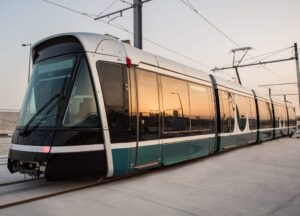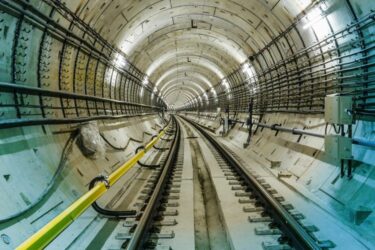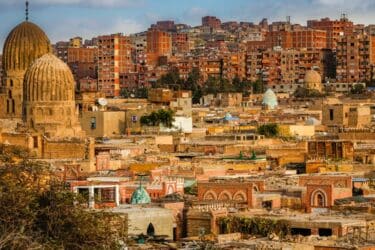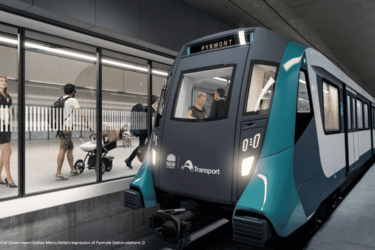The new city of Lusail is Qatar’s largest development, extending over 38 square kilometres. An integral part of the project was a light rail transit (LRT) network connecting various districts of the city and also interconnecting with Doha’s metro network.
challenge
Aiming to support Qatar’s vision of a sustainable city, Lusail is designed to be an environmental and self-sustaining community. In line with this vision, the tram network provides a safe, environmentally friendly, comfortable, and convenient mode of transport connecting destinations in Lusail and Doha.
With 4 main tram lines (Red, Yellow, Green, and Purple) the 35 km network has 37 stations (8 underground and 1 elevated). Lusail is a new city, being effectively built upwards from the underground – unlike existing cities where underground infrastructure must weave its way through existing services and building foundations. Consequently, the LRT was procured in two phases: the civil work first, followed by the rolling stock and systems.
The sequencing of the works, which meant starting the civil works before selecting the rolling stock and systems, presented two particular challenges. First, how to design infrastructure capable of accepting a variety of systems while remaining efficient and cost effective. Second, how to combine the features of an underground metro and an at-grade tramway in the same network, particularly in terms of operation.

approach
SYSTRA worked for the consortium Qatari Diar – Vinci Construction – Alstom (QDVC Alstom) as the Lead Designer, ensuring that the multiple design interfaces were properly managed and that the system itself was integrated with the city’s new infrastructure. SYSTRA had direct responsibility of all design activities related to transport systems and interfaces with civil works, covering functional architecture of stations, HVAC, alignment, signalling, power supply, telecommunications, SCADA, automatic fare collection, track, depot layout and equipment, and rolling stock. This included:
- Preliminary and detailed alignment.
- Functional and technical architecture of stations, tunnel, viaduct, and depot.
- Concept design, preliminary design, preparation of tender documents, and tender evaluation for systems: signalling, telecommunications, SCADA, automatic fare collection, PSD, power supply (including catenary free), track, catenary, depot equipment and rolling stock.
- Detailed design coordination (viaduct, tunnel, depot, and stations).
- Design review for systems.
- System engineering management.
- Overall integration management.
- Operation training for the future operator.
- Testing and commissioning for the integration.
- Management of the temporary operation activity.
BENEFIT
The Lusail Light Rail Transit is expected to support a potential active population of 450,000 people once the development is completed. This includes 200,000 residents, around 170,000 professionals in business areas; and an average of 80,000 visitors a day to retail, hospitality and leisure attractions.
 Brazil
Brazil  Canada
Canada  China
China  Denmark
Denmark  France
France  India
India  Indonesia
Indonesia  Ireland
Ireland  Italy
Italy  Malaysia
Malaysia  Norway
Norway  New Zealand
New Zealand  Poland
Poland  Saudi Arabia
Saudi Arabia  Singapore
Singapore  South Korea
South Korea  Sweden
Sweden  Taiwan
Taiwan  Thailand
Thailand  United Kingdom
United Kingdom  United States
United States  Vietnam
Vietnam 




